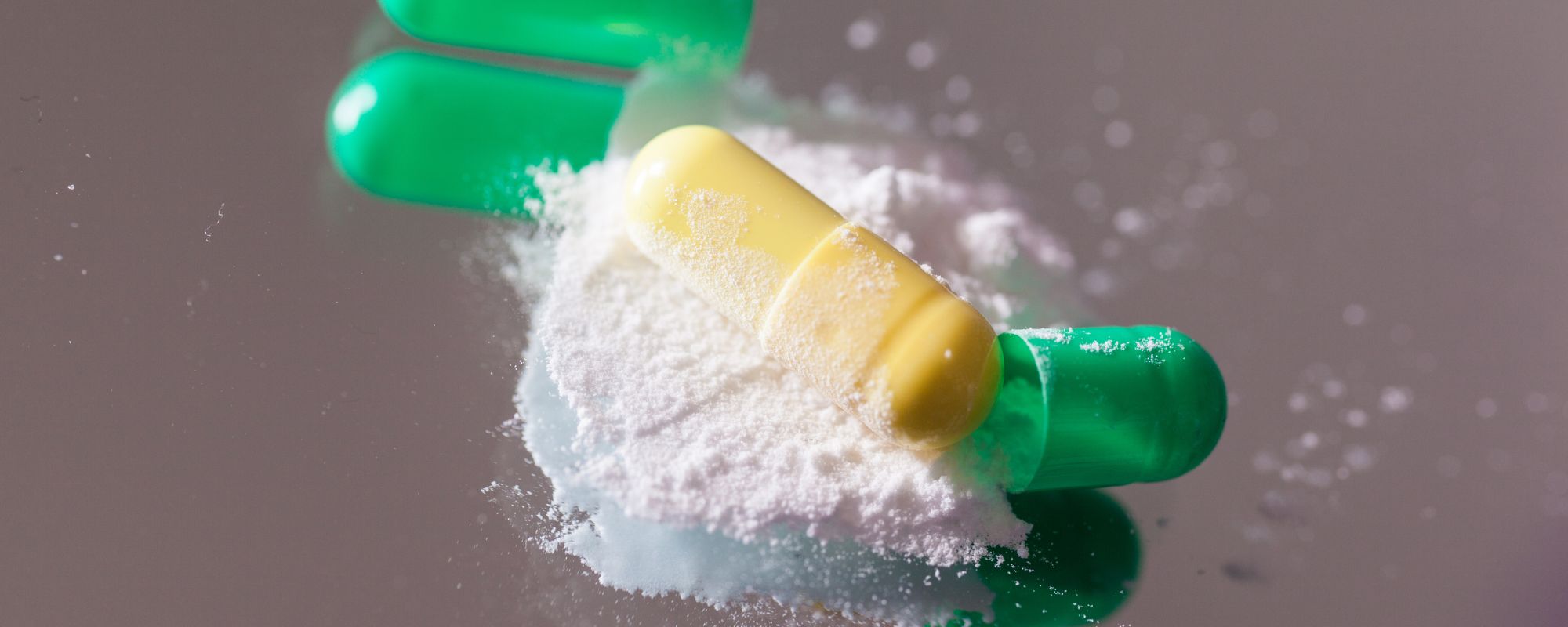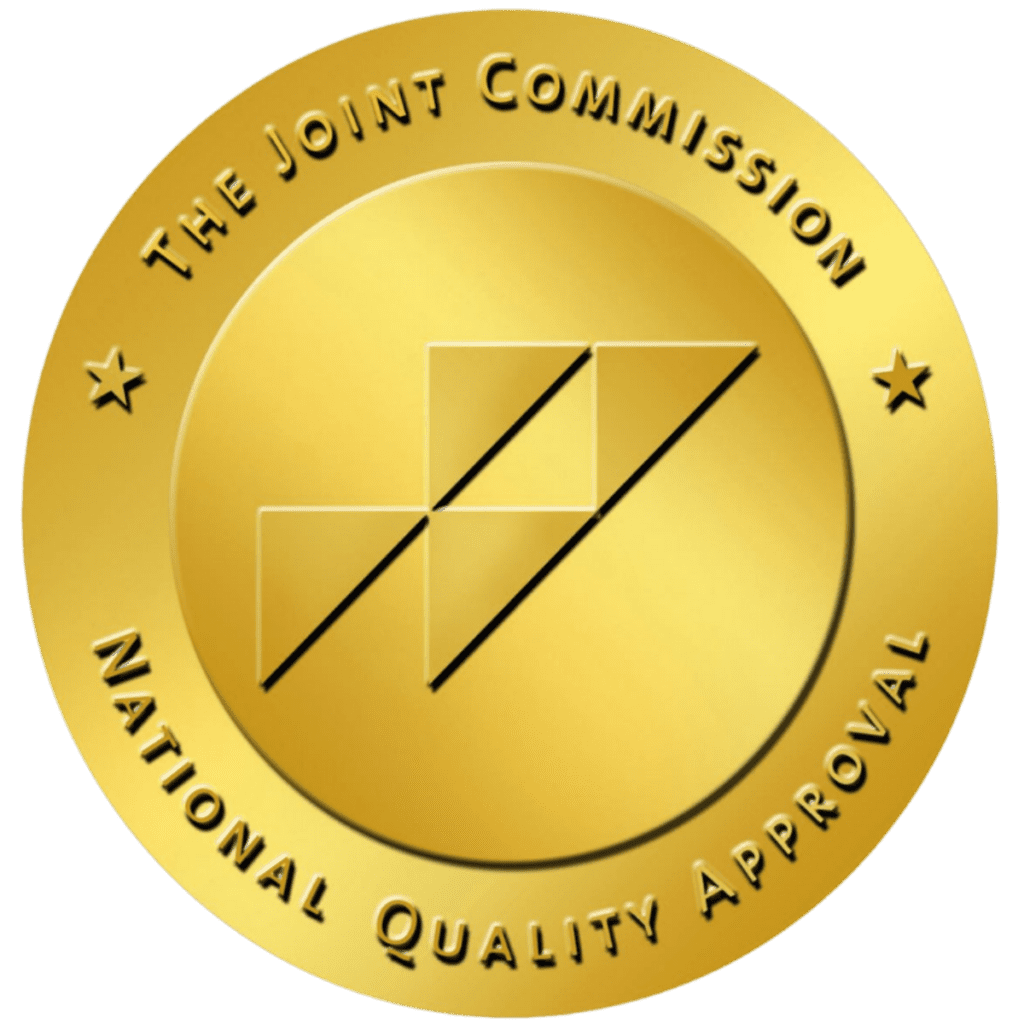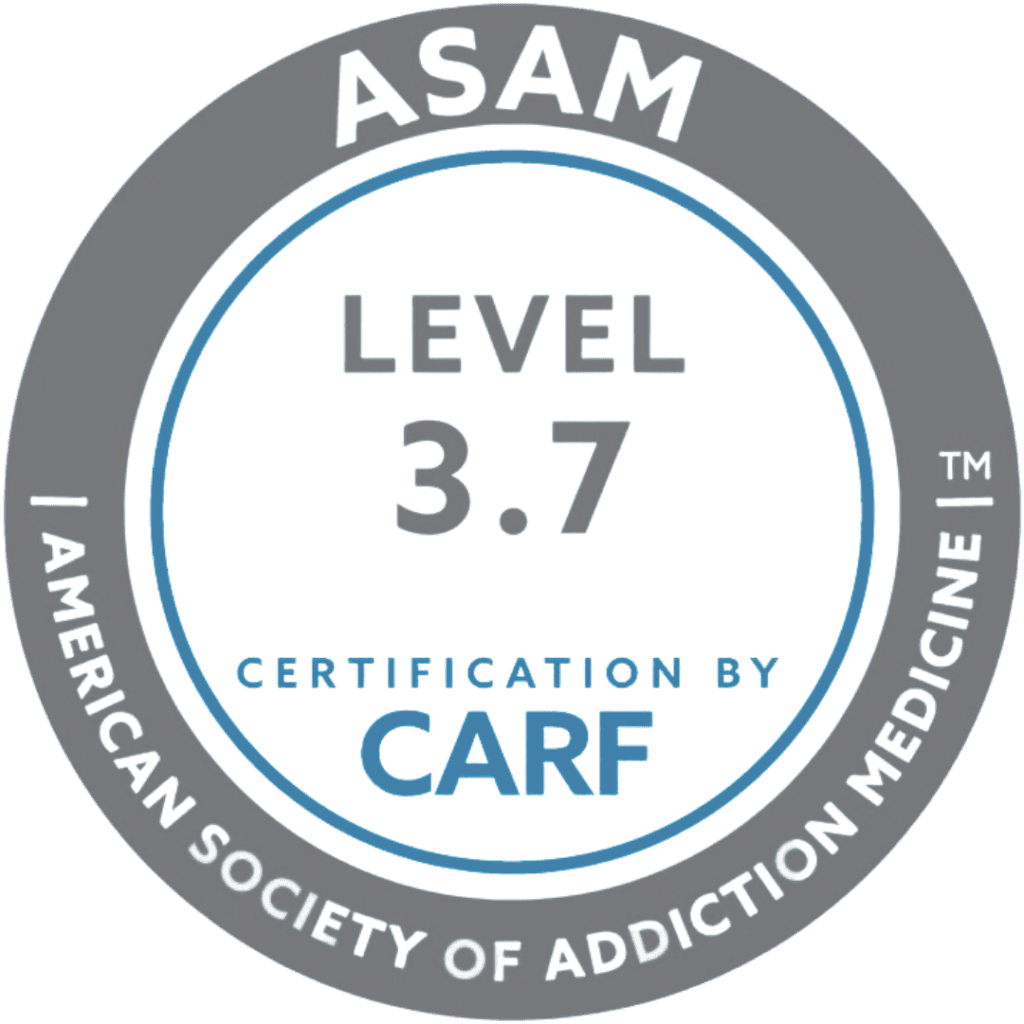There are many opioids, legal and illegal, that share two things in common — how easy it is to become addicted and how difficult it can be to quit. Whether it’s fentanyl, oxycodone, methadone, or even heroin, you may already know how challenging it can be.
You may have also been considering entering, or just begun, rehab and learned of some of the ways that opioid use disorder can be treated, particularly through buprenorphine, proven successful time and again in helping people stay off opioids and streamlining recovery.
In fact, buprenorphine has remained one of the most utilized medications for opioid abuse for the last five years. According to the U.S. Centers for Disease Control (CDC), in 2023, there were 4.7 buprenorphine prescriptions per 100 people — more than 15 million total nationwide.
But what is buprenorphine, and how does it combat opioid use disorder? Is it only available through official clinical channels, or can you bypass the process and get buprenorphine without a prescription? Let’s take a closer look at how it works and why obtaining it legally is so important.
What Is Buprenorphine?
Buprenorphine was first discovered in the 1960s during the growth of methadone clinics set up to help people struggling with opioid use disorder, primarily heroin addictions. Though it existed on the clinical radar for many years, it was in 2002 that the U.S. Food and Drug Administration (FDA) officially approved buprenorphine as an ingredient in medicines to treat abuse of other opioids and opiates.
Buprenorphine itself is derived from thebaine, an opioid naturally occurring in the opium poppy plant, and it’s prescribed primarily to minimize cravings and withdrawal symptoms for people going through opioid detox during rehab.
What’s known as a partial opioid agonist, buprenorphine, is used in agonist substitution treatment, where a strongly addictive opioid is substituted with a less potent opioid. It binds to the same receptors in the brain as drugs like heroin, fentanyl or oxycodone, but without producing the same intense high — specifically, it acts as a partial agonist in the brain’s mu opioid receptor (similar to methadone) and a full agonist at the kappa receptor. Buprenorphine is about 20 to 50 times more potent than morphine.
Due to its partial agonist effects, some of buprenorphine’s benefits include:
- A lower potential for abuse compared to other addictive opioids
- Less likelihood of physical dependence
- Minimized withdrawal discomfort
- A lower “ceiling effect” — even at higher doses, it doesn’t produce significantly stronger effects.
- A lowered risk of overdose
“Like opioids, buprenorphine produces effects such as euphoria or respiratory depression,” notes a study from the University of Arkansas Psychiatric Research Institute (UAMS). “With buprenorphine, however, these effects are weaker than those of full drugs such as heroin and methadone.”
Brand Names for Buprenorphine
Suboxone is one of the more recognizable drugs to treat opioid use disorder, a combination of buprenorphine and naloxone (commonly used to reverse an opioid overdose).
Together in tandem, the buprenorphine in Suboxone works to replace an opioid, for instance, heroin, that’s contributed to an opioid use disorder, reducing your cravings and withdrawal symptoms of the drug without making a full, cold stop. Although buprenorphine treatment has that built-in ceiling effect as a safety precaution, Suboxone’s naloxone makes sure the risk of overdosing is minimized.
If you buy Suboxone online for opioid addiction, it comes as sublingual film or tablets that you place under your tongue to dissolve. There was previously a Suboxone implant called Probuphine, but it was discontinued in 2020 due to distribution and financial reasons.
The buprenorphine-naloxone combo is also sold as a film called Bunavil and tablets under the brand name Zubsolv. Additionally, buprenorphine is also an active ingredient to treat chronic pain in the medicines Butrans, Belbuca and Buprenex.
Opioid Addiction Statistics
Opioid addiction is not new. It’s remained a stubbornly prevalent and tragic problem for decades, reaching recent crisis levels due to the availability of certain drugs like illicit fentanyl — synthetic opioids that are cheaply and easily produced illegally or diverted from legal medicinal supplies.
At a high level, more than 10 million people misuse opioids in a given year, a number punctuated by an alarming number of overdose deaths. In 2022, nearly 108,000 people in the U.S. died from a drug overdose, and about 82,000 of those deaths involved opioids — roughly 76% of all overdose deaths, notes the CDC. That’s an average of 224 opioid-related deaths per day.
The CDC adds that in the past quarter century, there’s been a surge of opioid-related deaths in the U.S. that can be broken down into three distinct waves:
- Wave 1 began in the late 1990s, driven by rising prescriptions of opioids like oxycodone and hydrocodone.
- Wave 2 started around 2010, with a sharp increase in heroin-related overdoses.
- And wave 3, beginning in 2013, involves synthetic opioids — primarily illegally manufactured fentanyl — and continues to drive most overdose deaths today.
In the nearly 25 years between 1999 to 2022, nearly 727,000 succumbed to fatal opioid overdoses, but with the prevalence of co-occurring addictions, the death rate becomes compounded since in some cases, nearly 43% of drug overdose deaths involved some combination of opioids and stimulants.
Get confidential help from our addiction and mental health treatment facilities located across the United States. Call to join one of our quality programs today!
Speak With Our Admissions TeamCan You Get Buprenorphine Without a Prescription?
Alongside methadone and naltrexone as FDA-approved opioid use disorder treatments, you cannot legally get buprenorphine without a prescription or suboxone without a prescription — despite some academic addiction experts calling for buprenorphine’s accessibility as a behind-the-counter medication.
How to get a prescription for Suboxone and know how to get Suboxone the right way? You don’t need to visit a clinic to obtain buprenorphine like you might with methadone, but a doctor, nurse practitioner, or physician assistant must prescribe buprenorphine since it is a Schedule III controlled substance needing regulation due to its moderate-to-low risk for misuse and dependence.
What Are the Dangers of Using Buprenorphine Without a Prescription?
Attempting to buy Suboxone online without a doctor’s prescription may seem like a fast track to recovery, but it can prove risky for a few reasons:
- Unknown source and purity: When you try to procure or buy buprenorphine online, there’s no guarantee of what you’re getting. Counterfeit Suboxone tablets or film may contain any other number of illicit substances, including other opioids — not only putting you at risk of overdose but defeating the purpose of taking buprenorphine in the first place.
- Potential for misuse: Obtaining buprenorphine without a prescription makes it hard to know how much you should take or how to take it. Many people may try to facilitate the effects of buprenorphine by taking it intravenously, for example, instead of sublingually, which can prove counterproductive. “When these products are taken as sublingual tablets, buprenorphine’s opioid effects dominate and naloxone blocks opioid withdrawals,” notes UAMS. “If the sublingual tablets are crushed and injected, however, the naloxone effect dominates and can bring on opioid withdrawals.”
- Drug and health interactions: For people struggling with opioid use disorder, taking buprenorphine without proper medical guidance can also become risky without the facts at hand. It shouldn’t be taken within four hours of taking another drug or if you have certain medical issues, like liver or kidney disease, alcoholism or mental illness, breathing problems, or have undergone methadone treatment.
- Lack of comprehensive care: Finally, buprenorphine is not meant to be taken in isolation to fight opioid use disorder. It becomes most effective when it forms part of a broader, professionally supervised recovery plan. Without the context of comprehensive care, its benefits may show some effectiveness, albeit in a diminished sense. “Medications such as buprenorphine, in combination with counseling and behavioral therapies, provide a whole-patient approach to the treatment of opioid dependency,” says UAMS.
How Does Medication-Assisted Treatment for Opioids Work?
Buprenorphine is just one piece of the puzzle to conquering opioid addiction, one reason why it should never be obtained outside of a rehab setting. It’s meant to go hand-in-hand with detox and therapy, which is what MAT is about — using medication to assist your treatment plan so cravings or withdrawals don’t set you back or interfere with your progress. You might be prescribed a buprenorphine-based drug during or following detox during therapy.
Medical Detox for Opioids
When you enter rehab, detox is the first step, the process of clearing an addictive drug from your system. Without detox, the value of therapy would diminish if opioids still had an influence on your physical and mental health. Detox asks you to stay at our rehab center for a certain amount of time while a team of doctors, nurses, and specialists helps to minimize your withdrawal symptoms and minimize your discomfort. This is because addiction experts know what to look for and how to treat them. The medical part of medical detox is when Suboxone or other drugs are used to facilitate the detox steps. The team will make your stay comfortable, monitor your vital signs, and make sure the process is as seamless as possible.
Looking for quality treatment for substance abuse and mental health that’s also affordable? Aliya Health Group's treatment facilities accept most major insurance providers. Get a free insurance benefits check now!
Check Your CoverageWhat Happens After Opioid Detox?
Once detox is complete, therapy for opioid use disorder can begin. In rehab, there are two main options:
- Inpatient treatment
- Outpatient treatment
These levels of care offer ongoing care following detox to help individuals maintain their sobriety and grow in recovery.
Inpatient Opioid Treatment
The “in” of inpatient treatment means you’ll stay in a rehab facility, onsite, for a few weeks to devote 24/7 focus to recovery. It’s often the right choice for people with more severe drug addictions, especially if they’re prone to triggers in their day-to-day life that can make them relapse or make treatment more difficult. Inpatient therapy is more intensive and structured, where days are filled with individual and group therapy and MAT treatment if needed, but most importantly, with the care and support from staff and others in recovery going through the same journey.
Outpatient Opioid Treatment
Another option is outpatient treatment, which enables you to attend therapy during the day and return home each night — a better plan if you have personal or professional commitments that can’t be overlooked or if your opioid use disorder isn’t as severe and doesn’t need round-the-clock support. Once you’ve finished detox, there are a few outpatient choices:
Partial Hospitalization Program (PHP)
One of the things that makes rehab effective is its flexibility. PHP is a middle ground between inpatient and outpatient therapy when neither option might be focused enough on one’s needs. During PHP, you won’t need to stay overnight at the facility, but treatment during the day is longer and more intensive (usually between five to seven days a week), designed for people who need the level of support and medical attention that inpatient provides, but without 24-hour supervision.
Intensive Outpatient Program (IOP)
An IOP program is another option if your needs require a more structured treatment program, but you still need to maintain your regular life commitments. This intensive outpatient care includes therapy sessions for several hours a day, multiple days a week, focusing on group therapy and individual counseling.
Outpatient Program (OP)
A traditional outpatient program (OP) remains an ideal next step if you’re exiting inpatient, PHP, or IOP and you feel confident that you can manage your recovery in your daily environment while attending therapy a few days a week. At the outpatient stage, you’ve learned the necessary coping strategies to avoid relapsing while living your life outside of rehab. It’s also a good choice for people struggling with opioid use disorder who have a strong support network of family and friends to keep them accountable.
What Happens After Opioid Rehab?
After completing opioid rehab, clients are set up with a comprehensive aftercare plan to promote long-term recovery. These plans focus on relapse prevention through a variety of different approaches and resources.
Aftercare and Relapse Prevention
After rehab, particularly after inpatient, it’s OK to feel a degree of uncertainty about staying sober, even after all the therapy — the training — you’ve received. And it’s a myth to think that support ends when rehab concludes. Aftercare services are just as valuable as your time in rehab; like maintenance treatment, you’ll have the chance to keep attending individual or group therapy as needed or be connected with support groups in your area, like 12-Step meetings. If your plan calls for just an inpatient stay, aftercare might involve staying in recovery housing before integrating back into independent life.
What Are the Benefits of Professional Help for Opioid Addiction?
Buprenorphine can play a crucial role in opioid dependency treatment, especially in early recovery, but it’s most effective when supported by professional care through a proper prescription, since in rehab, the medication can be monitored for effectiveness, adjusted if needed, and tailored into your treatment.
Just as important is your treatment plan — whether it’s inpatient or outpatient, it gives you the structure, the therapy, and the support that, together with medication, sets a clear path for sobriety in a safe, supportive environment where healing is paramount.
If you’re unsure what your treatment for opioid use disorder might involve — whether it’s care options, insurance coverage, cost, or which rehab clinic is right for you — our staff is available 24/7 to talk it through. Contact us today to learn more.
- What is Buprenorphine? | UAMS Psychiatric Research Institute
- Buprenorphine Dispensing Rate Maps | Overdose Prevention | CDC
- Buprenorphine: Uses, Dosage, Side Effects – Drugs.com
- History of the discovery, development, and FDA-approval of buprenorphine medications for the treatment of opioid use disorder – ScienceDirect
- Pharmacological Treatment | Medication Assisted Recovery.
- Save Lives with Naloxone.
- When was the Probuphine implant discontinued?
- Opioid Crisis Statistics [2023]: Prescription Opiod Abuse
- Medications for Opioid Use Disorder | National Institute on Drug Abuse (NIDA)
- No Rx Required? Faster Access to Opioid-Based Medication Could Save Lives
- Buprenorphine – StatPearls – NCBI Bookshelf.















